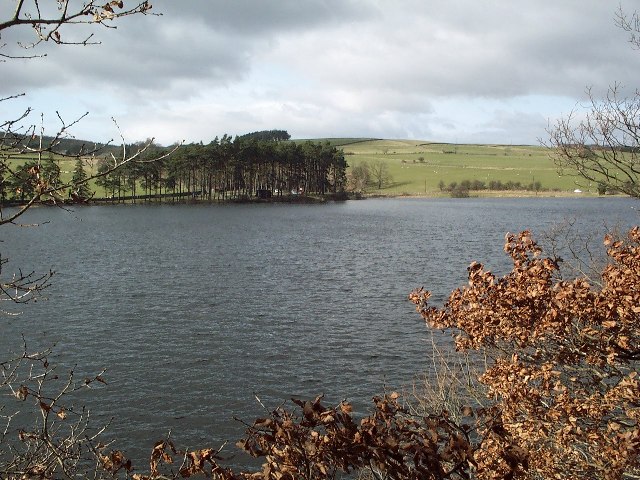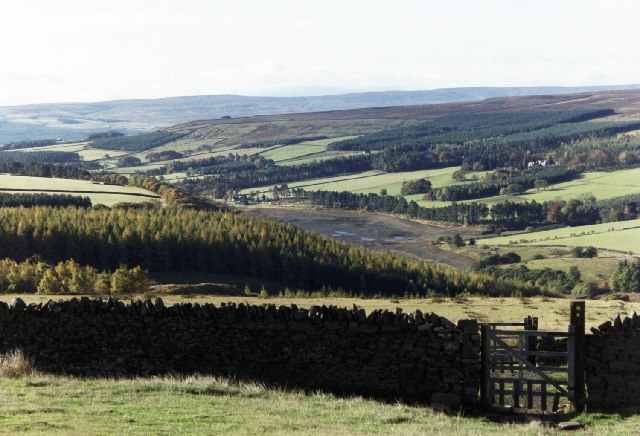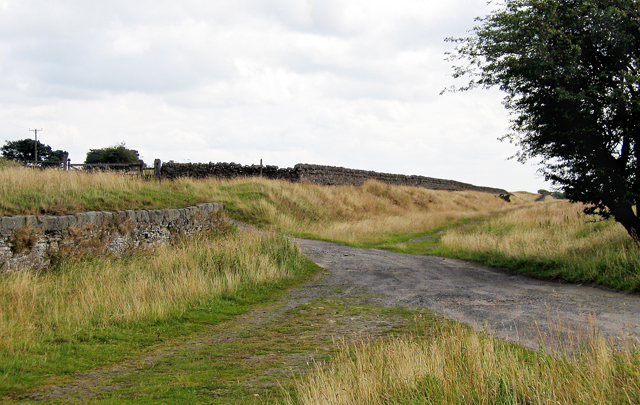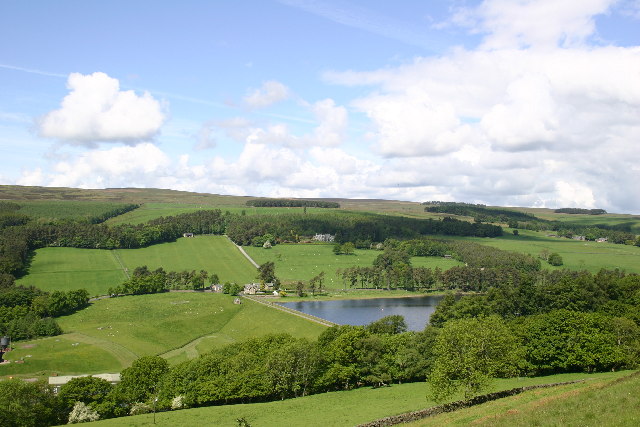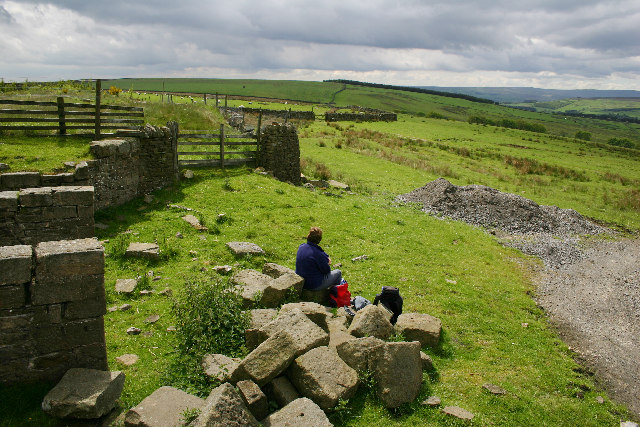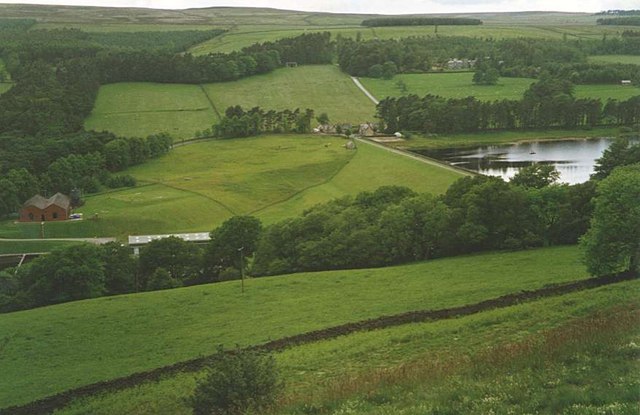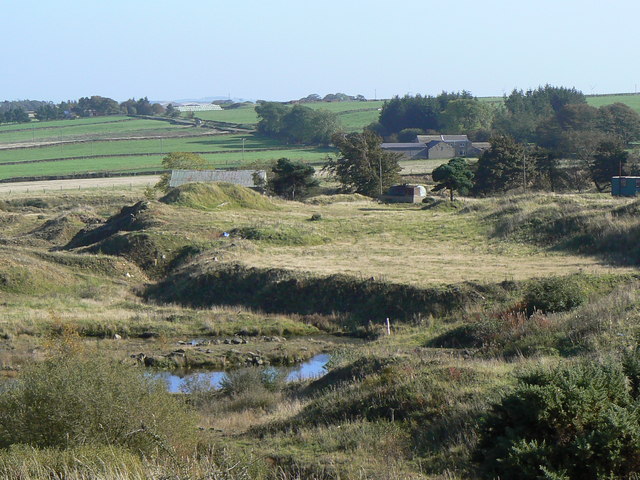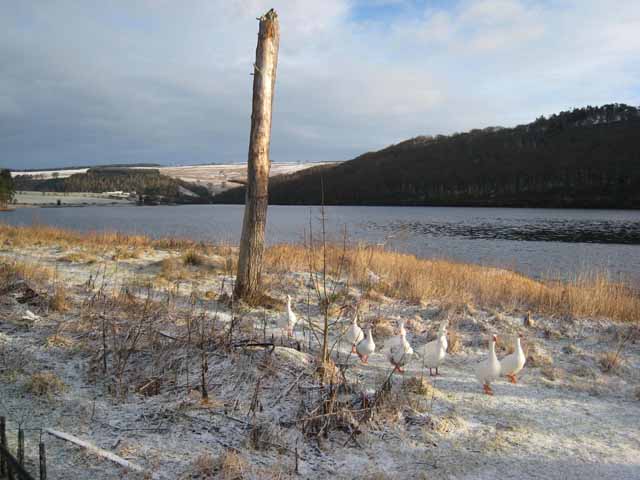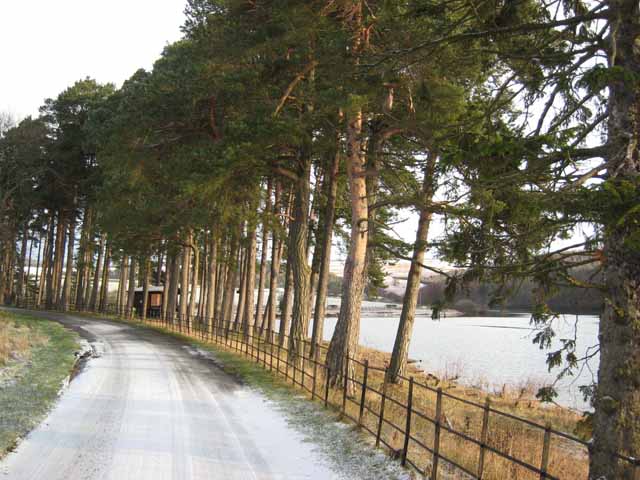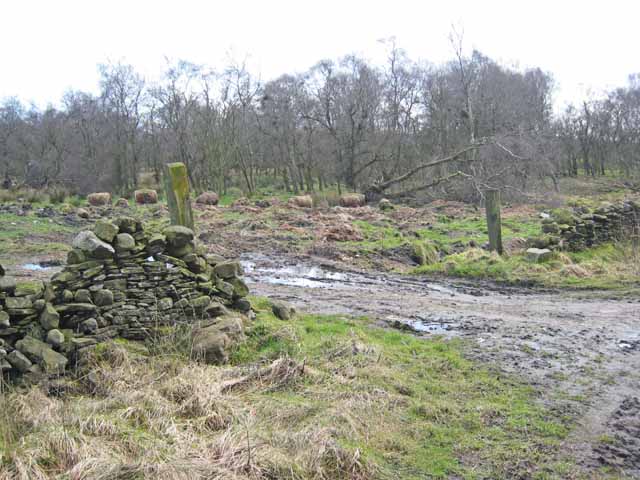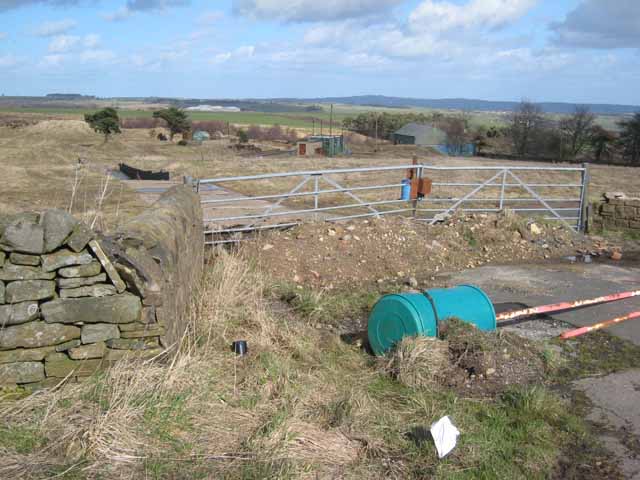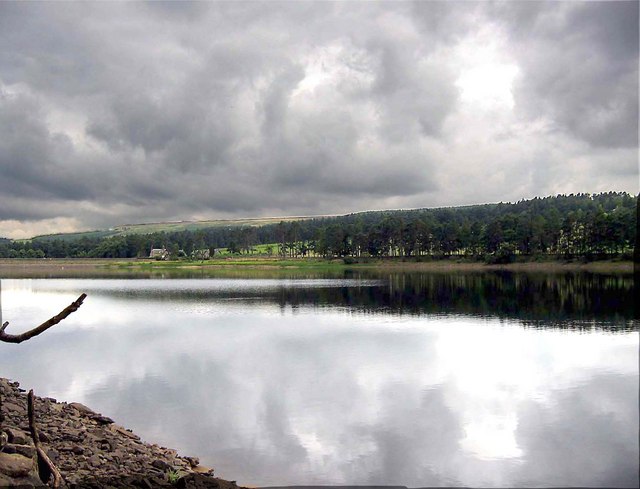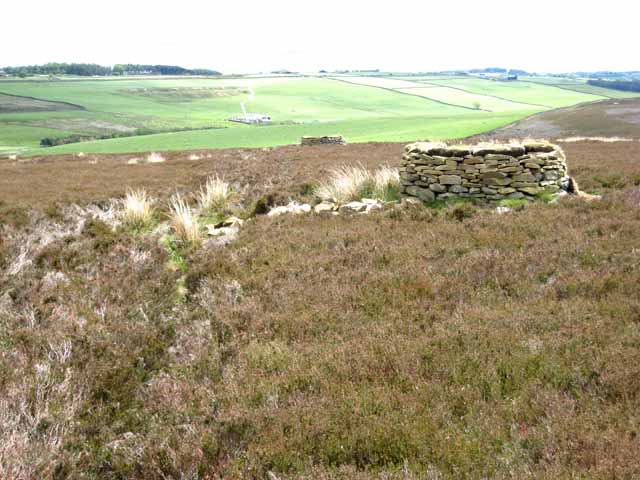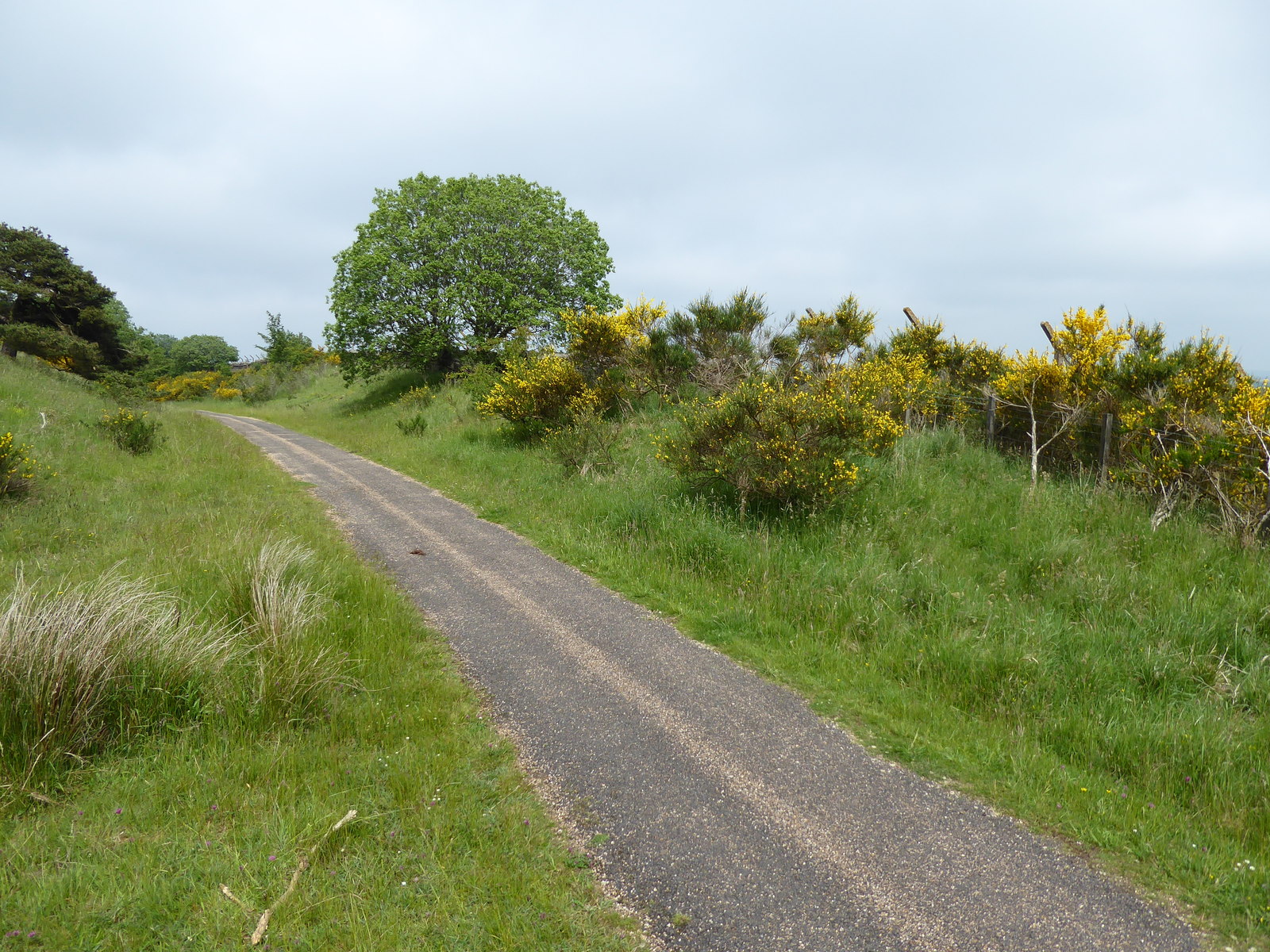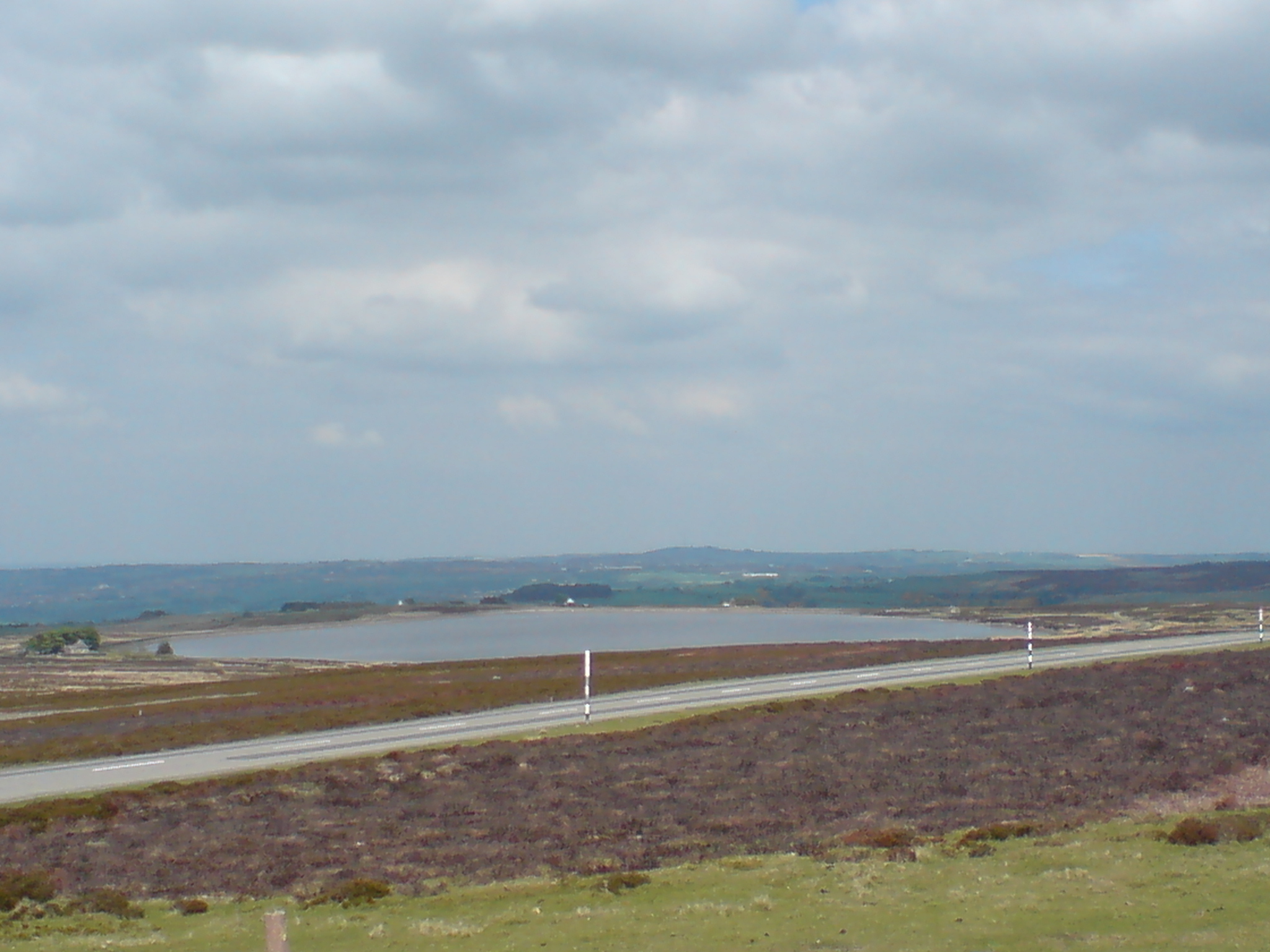Backhouse Wood
Wood, Forest in Durham
England
Backhouse Wood
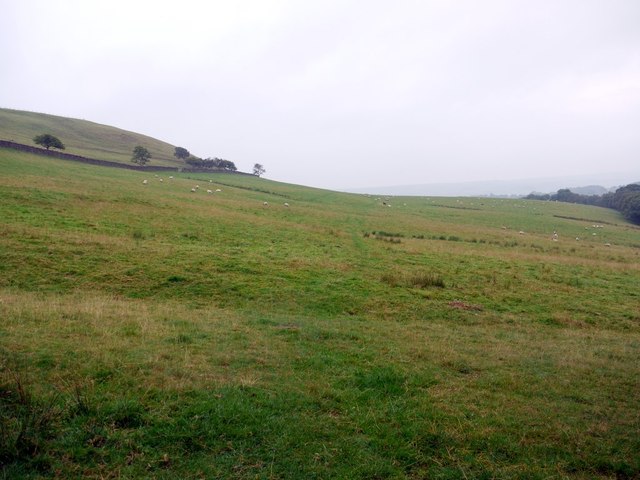
Backhouse Wood is a picturesque woodland located in County Durham, England. Covering an area of approximately 30 hectares, this enchanting forest is a popular destination for nature enthusiasts and those seeking tranquility amidst the bustling city life. The wood is situated within close proximity to the city of Durham, making it easily accessible for both locals and tourists.
The wood is known for its diverse range of flora and fauna, offering a rich habitat for a variety of wildlife species. Visitors can expect to encounter a wide array of trees, including oak, ash, birch, and beech, which create a dense canopy overhead. These towering trees provide a sense of seclusion and shade, making the wood an ideal spot for peaceful walks and picnics.
Backhouse Wood also boasts a network of well-maintained trails, allowing visitors to explore the area at their own pace. These pathways wind through the forest, offering glimpses of vibrant wildflowers, moss-covered rocks, and bubbling streams along the way. The wood's tranquil ambiance is further enhanced by the soothing sounds of chirping birds and rustling leaves.
Furthermore, Backhouse Wood is home to a number of rare and protected species, such as the red squirrel and various woodland birds. Birdwatchers can catch a glimpse of woodpeckers, nuthatches, and treecreepers among the treetops, while the lucky few may spot a deer or two grazing amidst the undergrowth.
Overall, Backhouse Wood is a captivating natural oasis that offers a sanctuary from the hustle and bustle of everyday life. With its diverse flora and fauna, well-maintained trails, and peaceful atmosphere, it provides a perfect escape for those seeking solace in nature.
If you have any feedback on the listing, please let us know in the comments section below.
Backhouse Wood Images
Images are sourced within 2km of 54.771271/-1.8903526 or Grid Reference NZ0741. Thanks to Geograph Open Source API. All images are credited.
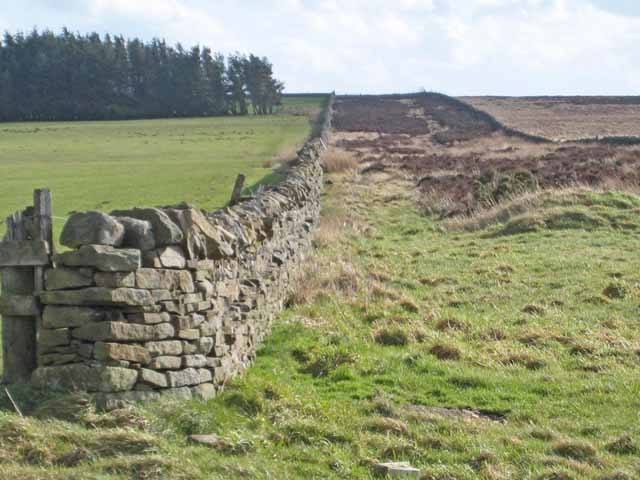
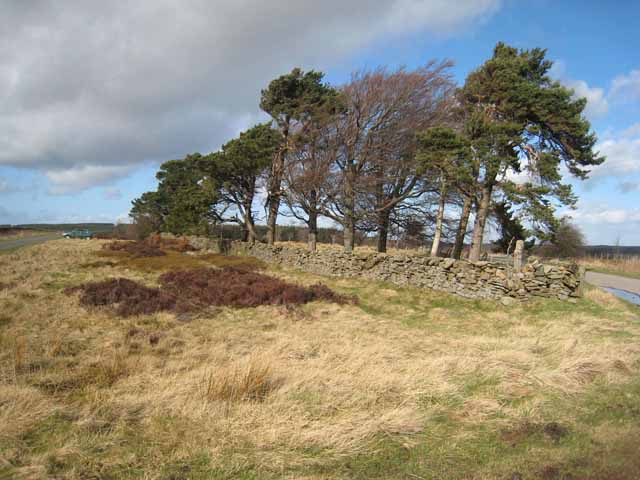
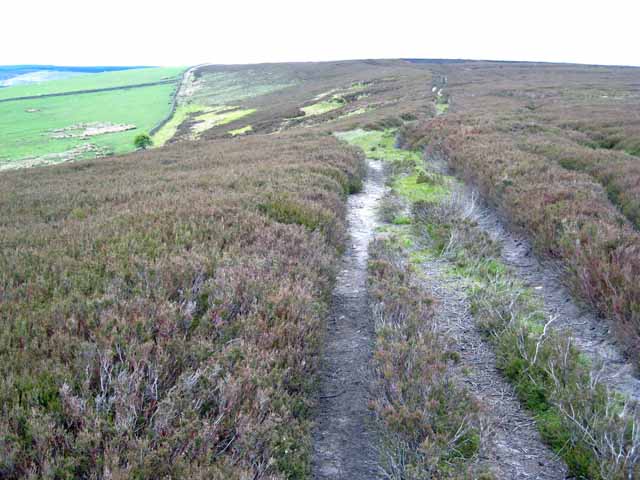
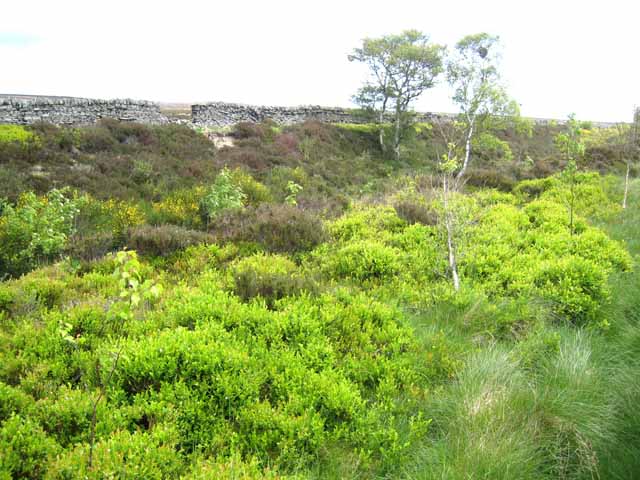
Backhouse Wood is located at Grid Ref: NZ0741 (Lat: 54.771271, Lng: -1.8903526)
Unitary Authority: County Durham
Police Authority: Durham
What 3 Words
///rock.organist.glossed. Near Wolsingham, Co. Durham
Nearby Locations
Related Wikis
Backstone Bank and Baal Hill Woods
Backstone Bank and Baal Hill Woods is a Site of Special Scientific Interest in the County Durham district of Durham, England. It occupies the steep eastern...
Burnhill railway station
Burnhill railway station served the village of Waskerley, County Durham, England, from 1859 to 1939 on the Stanhope and Tyne Railway. == History == The...
High Stoop
High Stoop is a village in County Durham, England. It is situated a short distance to the north-west of Tow Law, on the A68. == References ==
Waskerley
Waskerley is a village in County Durham, England. It is situated six miles to the southwest of Consett and three miles southwest of Castleside and the...
Waskerley railway station
Waskerley railway station, also known as Waskerley Park, served the village of Waskerley, County Durham, England from 1845 to 1859 on the Stanhope and...
Wolsingham School
Wolsingham School is a coeducational secondary school located in Wolsingham, County Durham, England.The school is situated just off the A689, and near...
River Browney
The River Browney is a river in County Durham, England, and the largest tributary of the River Wear. The River Browney rises from a spring in Head Plantation...
West Durham Wind Farm
West Durham Wind Farm is a wind farm near Tow Law, County Durham, England. == History == Developed by County Durham-based company the Banks Group, the...
Nearby Amenities
Located within 500m of 54.771271,-1.8903526Have you been to Backhouse Wood?
Leave your review of Backhouse Wood below (or comments, questions and feedback).
